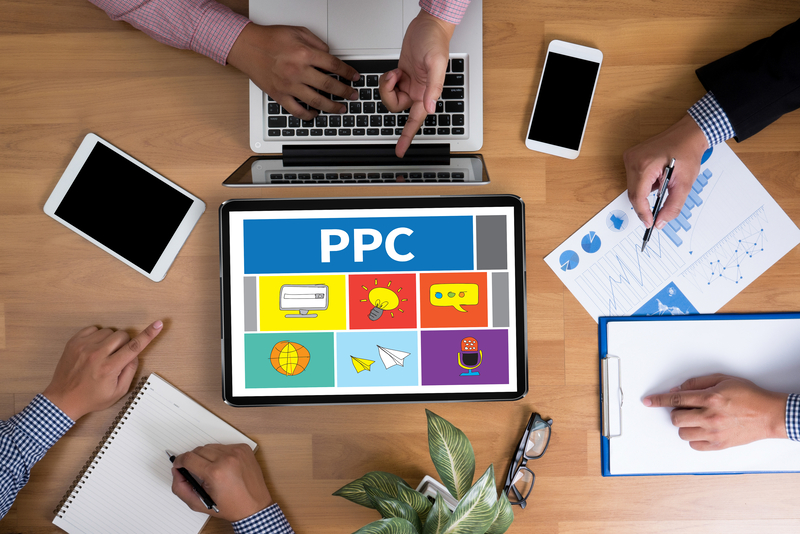04
What is PPC in Digital Marketing?

PPC or pay-per-click is a form of online marketing where a practice or advertisers pay a fee each time a consumer clicks on their ad. The most common form of PPC advertising is through search engines, such as Google Ads. This is where advertisers bid on keywords and their ads appear at the top of search engine results pages (SERPs) when consumers search for those keywords.
PPC advertising can also be done through social media platforms, such as Facebook and Instagram, and through display advertising on websites. For advertisers, having one or more forms of PPC ads is best. PPC advertising works by allowing advertisers to bid on specific keywords or phrases that they want their ads to appear for in search engine results. When a user searches for one of those keywords or phrases, the advertiser’s ad will appear among the top results. The advertiser is then charged a fee each time a user clicks their ad.
Advertisers create campaigns that target specific demographics, interests, locations, etc. They will set a maximum bid for the keywords they want to target.
When planning a PPC campaign, you should take these key steps:
- Define your target audience: Identify the demographics of the people you want to reach with your ads, including their age, gender and location.
- Set clear goals: Determine what you want to achieve with your PPC campaign, such as increasing website traffic, driving online sales or generating leads/calls.
- Research keywords: Use keyword research tools to identify the terms and phrases your target audience is searching for, and include them in your ad copy and website content.
- Create compelling ad copy: Write attention-grabbing headlines and descriptions for your ads that will entice people to click through to your website.
- Choose the right ad platforms: Decide which platforms you want to advertise on, such as Google Ads, Microsoft Advertising, Social Media Ads(for Facebook and Instagram) and so on. Amazon is also looking to advertise using PPC ads.
- Monitor and optimize your campaign: Track the performance of your ads and make adjustments as needed to optimize your campaign and achieve your goals.
- Test different ad formats and targeting options: Try different ad formats (like text, image and video), and experiment with different targeting options to see what works best for your campaign.
- Set a budget: Decide how much you want to spend on your campaign, and make sure you stick to your budget. If you are not meeting your budget at the end of the month, make adjustments to ensure you are spending money in the proper areas.
When it comes to online marketing, PPC is a great option to increase your online website traffic. While SEO can sometimes take time to see growth in results, PPC ads can drive website clicks and calls immediately.
—Aliah Rasmussen, SEO Specialist II, Sesame Communications
